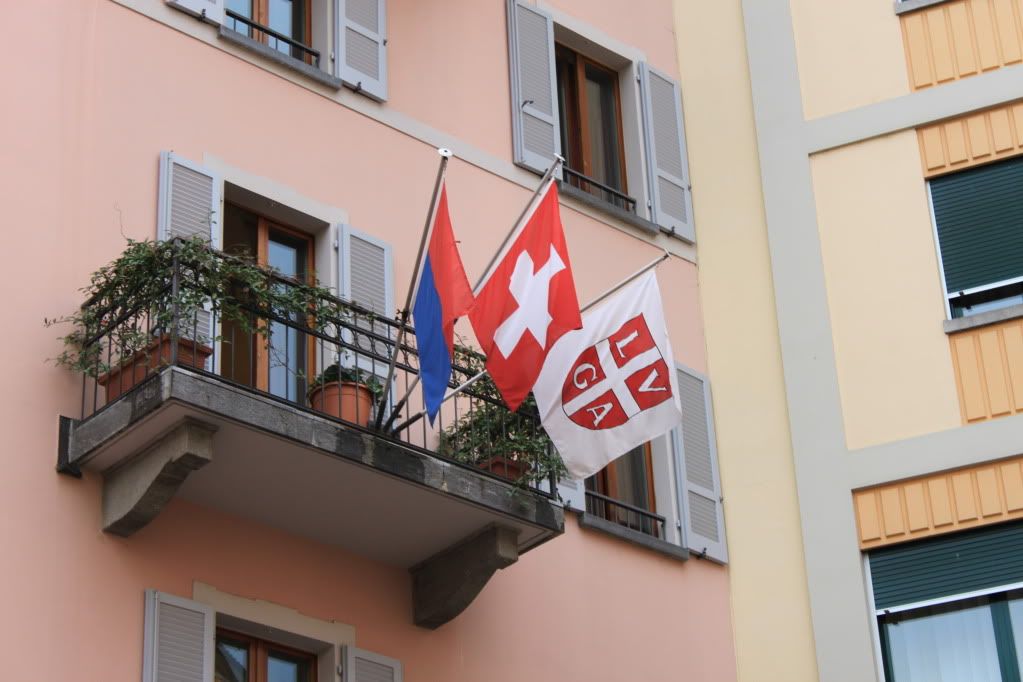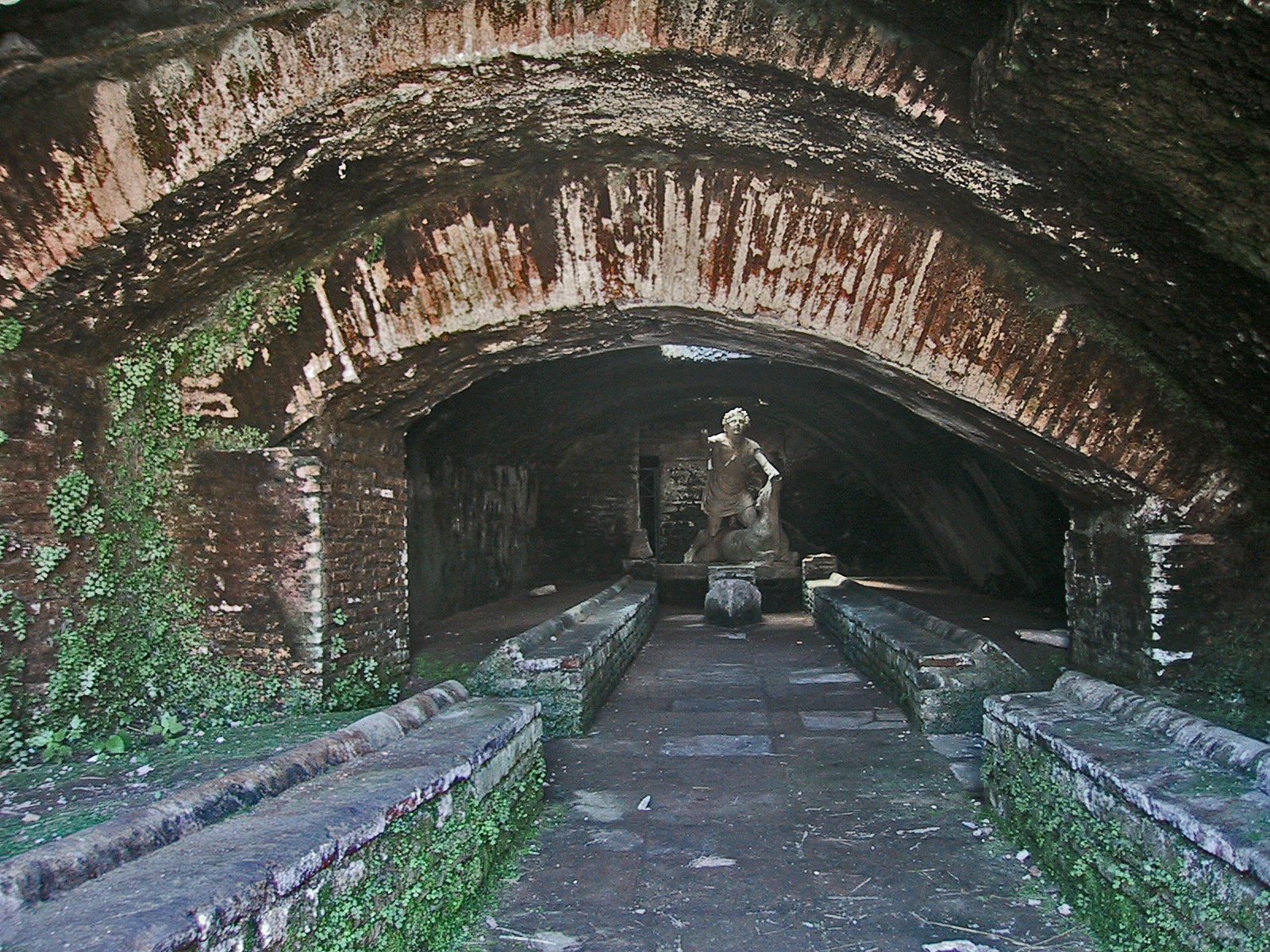 Unione Ticinese di Londra
Unione Ticinese di Londra
A Brief History of the Union Ticinese
The Unione Ticinese is one of the oldest Swiss clubs in the United Kingdom. It was founded in February 1874 by Stefano Gatti, a restaurant-owner and entrepreneur whose family had arrived in London from Marogno in the Val di Blenio a few decades earlier. It was a mutual aid society intended to provide care in sickness and company in health to the increasing number of Ticinesi working as waiters, but also as ice men and other professions, usually as emplOscar Gambazzi, Giuseppe Eusebio, Frank de Maria, revised by Peter Barber, Vita Ticinese a Londra : 125 Years of the Unione Ticinese (London: Unione Ticinese, 1999)oyees of more successful Ticinese immigrants in London. Most members came from the Blenio and Leventina valleys.
Subsidised hospital care and sickness pay were provided and almost from the first members had the right to burial in Society graves in Kensal Green and later in East Finchley. After a rocky start, due in large part to political tensions within the colony and inside Ticino itself, the Society flourished. For the first 70 years it was dominated and financially supported by wealthy Ticinese restaurateurs, and notably by the Gatti and later the Meschini families. It centered its activities on the district between Leicester Square and the Euston Road in London where the largest single concentration of Ticinesi was to be found, though there were smaller colonies in almost every resort along the south coast and in the London suburbs. For many decades members usually met at the Schweizerbund in Charlotte Street, though on special occasions banquets were held at the grander Ticinese-run restaurants, such as the Gattis’ Royal Adelaide Gallery , Monico’s on Piccadilly and Pagani’s, which was owned by the Meschini family.
Since 1945 the Society has altered radically. Its main support now comes from the members themselves. Often these are not native-born Ticinesi but friends of Ticino or descendants who want to learn more about the canton from which their ancestors emigrated. The establishment of the National Health Service and the increasing prosperity of members of the Ticinese colony has led to the gradual abandonment of the Society’s legal role as a benevolent society while the geographical dispersal of the Society’s membership throughout the country has inevitably led to a change in the pattern of its activities. Most notably, the Corale or choir, which was a central feature of the Society as late as the 1950s and early 1960s gradually withered away because of the increasing difficulty of organising rehearsals – and finding sufficient members familiar with the old songs. Dining in restaurants has given way to equally excellent meals prepared by the Society’s catering committee.
Over the same period there has been an increase in the number of lectures and outings. A well-attended barbecue in the Sussex countryside in late June has become an annual event. In its efforts to raise the profile of Ticino, the Society has fostered close links with the Museum of London as well as with the Swiss Embassy in London, other Swiss societies in the United Kingdom and governmental and cultural organisations inside Ticino. Its extensive records, particularly those dating from the 1920s, have been deposited with London Metropolitan Archives and are available over the internet as part of the Archives to Archives (a2a) network (http://www.a2a.org.uk/).
Yet in many ways, the Society would still be familiar to its founding members. Several members of today are descendants of founder or early members. The last days of October sees the annual Castagnata, a celebration in roast chestnuts and wine of what was until recently the staple diet of the Ticinesi. In early February the anniversary of the Society’s foundation is commemorated in appropriate style, often combined with a celebration of Carnevale. The Society’s members continue to have the right to burial in one of the Society’s graves in East Finchley. Elderly members receive a panettone around Christmas time when there is an annual gathering at which small children receive gifts from San Nicolao. The Unione Ticinese remains a family-oriented Society which extends a warm welcome to all who want to join, whether Ticinese-born or not.
If you want to learn more about the Society and the community from which it sprung, these books are available from the Unione Ticinese at £7.50 (including postage and packing within the United Kingdom):
Oscar Gambazzi, Giuseppe Eusebio, Frank de Maria, revised by Peter Barber, Vita Ticinese a Londra : 125 Years of the Unione Ticinese (London: Unione Ticinese, 1999).
Peter Barber and Peter Jacomelli, Continental Taste. Ticinese emigrants and their Café-Restaurants in Britain 1847-1987 [Camden History Society Occasional Paper 2] (London, Camden History Society, 1997).
.



